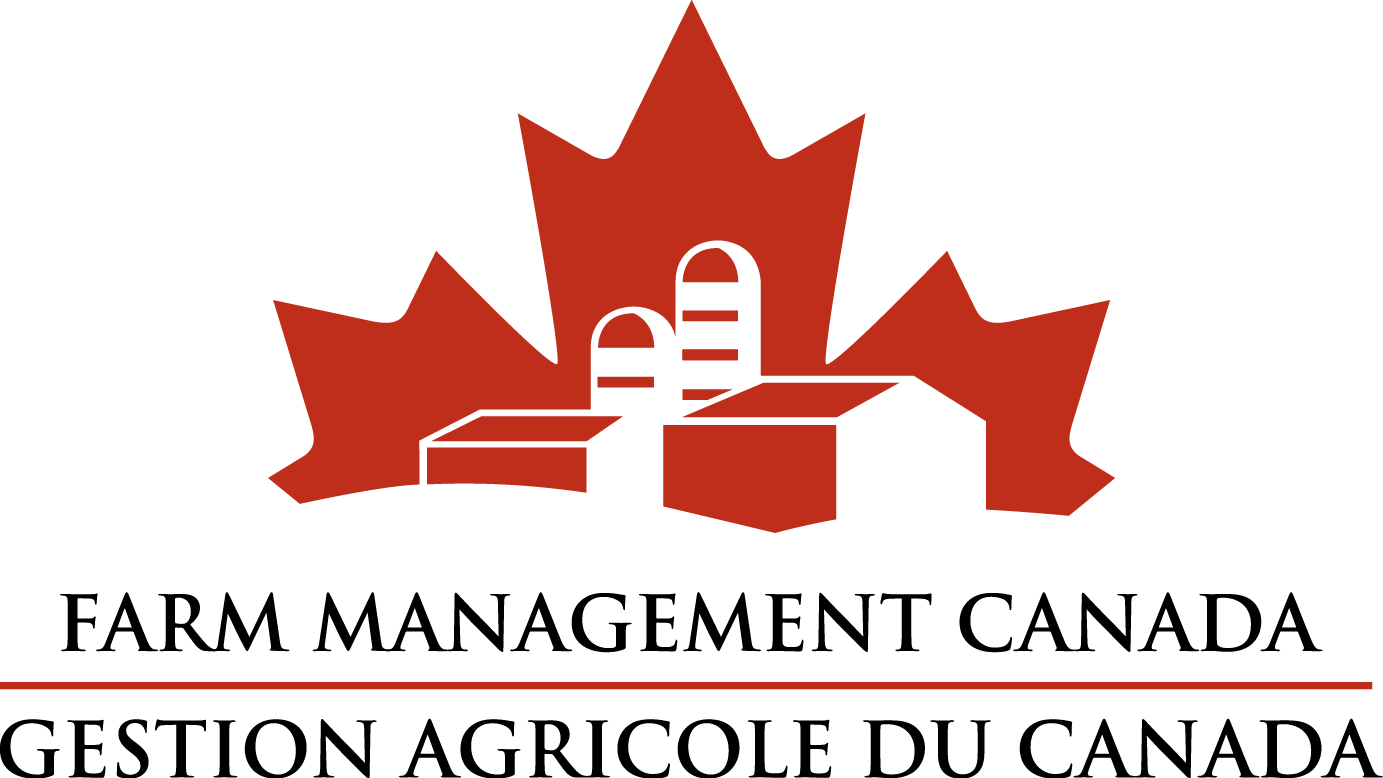 Drought in the American Midwest is capturing media attention worldwide. The focus is largely on the short-term implications, namely, reduced yields and high crop prices.
Drought in the American Midwest is capturing media attention worldwide. The focus is largely on the short-term implications, namely, reduced yields and high crop prices.
Although the immediate impacts to producers are obvious –- positive for crop producers and negative for livestock producers –- what’s less clear is the effect the drought will have on Canadian agriculture over the longer term. A long-term view of the U.S. drought’s impacts on your industry can help you position your business for future success.
This year’s U.S. drought is often compared to 1988, when corn production was 36 per cent below initial expectations. What’s significantly different this year is that stocks are notably lower than their historical average.
One way to gauge the extent of production shortfalls and tightness of supply is to look at available stocks at the end of the year versus total purchases throughout the year. This is known as the stock-to-use ratio. The lower it is, the tighter the supply and higher the price.
The most recent projection by the United States Department of Agriculture indicates a soybean stock-to-use ratio of 4.2 per cent at the end of the 2012-13 marketing year -– the lowest stock-to-use ratio for U.S. soybeans since 1965.
Growing demand for grains and oilseeds also contributes to low stock-to-use ratios. The expansion of U.S. ethanol production over the last 10 years is a prime example. However, a recent Iowa State University study revealed that a change in U.S. government ethanol policy would offer little feed cost relief to livestock producers, due to relatively high gasoline and low ethanol prices.
Given the importance of the U.S. in world corn and soybean production, the expected shortfall in supply has caused prices to climb. The U.S. price of corn for September delivery went from US$5.12 on June 15 to US$8.10 on Aug. 30.
This price jump signalled buyers to look beyond corn and soybeans to secure demand for feed grains and other uses. In turn, buyers are looking at markets like barley, wheat and canola, putting upward pressures on the prices of these commodities.
The drought will support high crop prices for some time, perhaps even past harvest next year, when stocks can start to rebuild.
The South American crop won’t be able to replenish world supplies and higher prices will need to be tamed by large American corn and soybean crops.
It is also expected that in 2013, near record amounts of corn and soybeans will be planted in Canada. The removal of acreage from the U.S. Conservation Reserve Program and the conversion of hay and pasture land to cash crops is expected to continue. This will push up demand for fertilizer, so producers should monitor prices over the next several months to help determine the best time to purchase inputs.
The hog sector is feeling the pain of high feed costs. This situation could well extend into next year, compounded by a higher Canadian dollar and struggling world economy.
It’s critical for producers to manage costs by locking in prices whenever favourable conditions present themselves. Hog producers should re-examine feed rations to determine if a more affordable option is available. Foreign demand for pork may keep prices from falling further, as Canadian exports to countries like Russia, South Korea and China continue to climb. Futures markets indicate that profit margins in the hog sector may not see relief until next spring.
Liquidation of the U.S. cattle herd is lowering prices because of an increase in the number of marketed cattle.
Current U.S. feed prices and pasture conditions will delay herd expansion. This may be good for Canadian cattle producers over the medium and long term, creating an opportunity to increase heifer retention and capitalize on higher prices over the next three to four years. As the effects of the drought conditions dissipate next year, there will be strong demand for cattle and an upward push in cattle prices, as American producers attempt to rebuild.
Will your business be affected by this drought more over the long or short term?
Continued strong agricultural commodity prices will allow crop producers to either pay down debt or invest in productive assets. Hog and cattle producers need to continue looking for efficiencies in diet formulations and farm equipment. The current environment of high crop prices and volatility makes it imperative for producers to manage input and output price risks. Developing a marketing plan and sticking to it can help you navigate a volatile environment.
For more information on developing a marking plan, visit http://www.fcc.ca/en/LearningCentre/multimedia/farm_management/marketing_risk_plan_e.asp.
